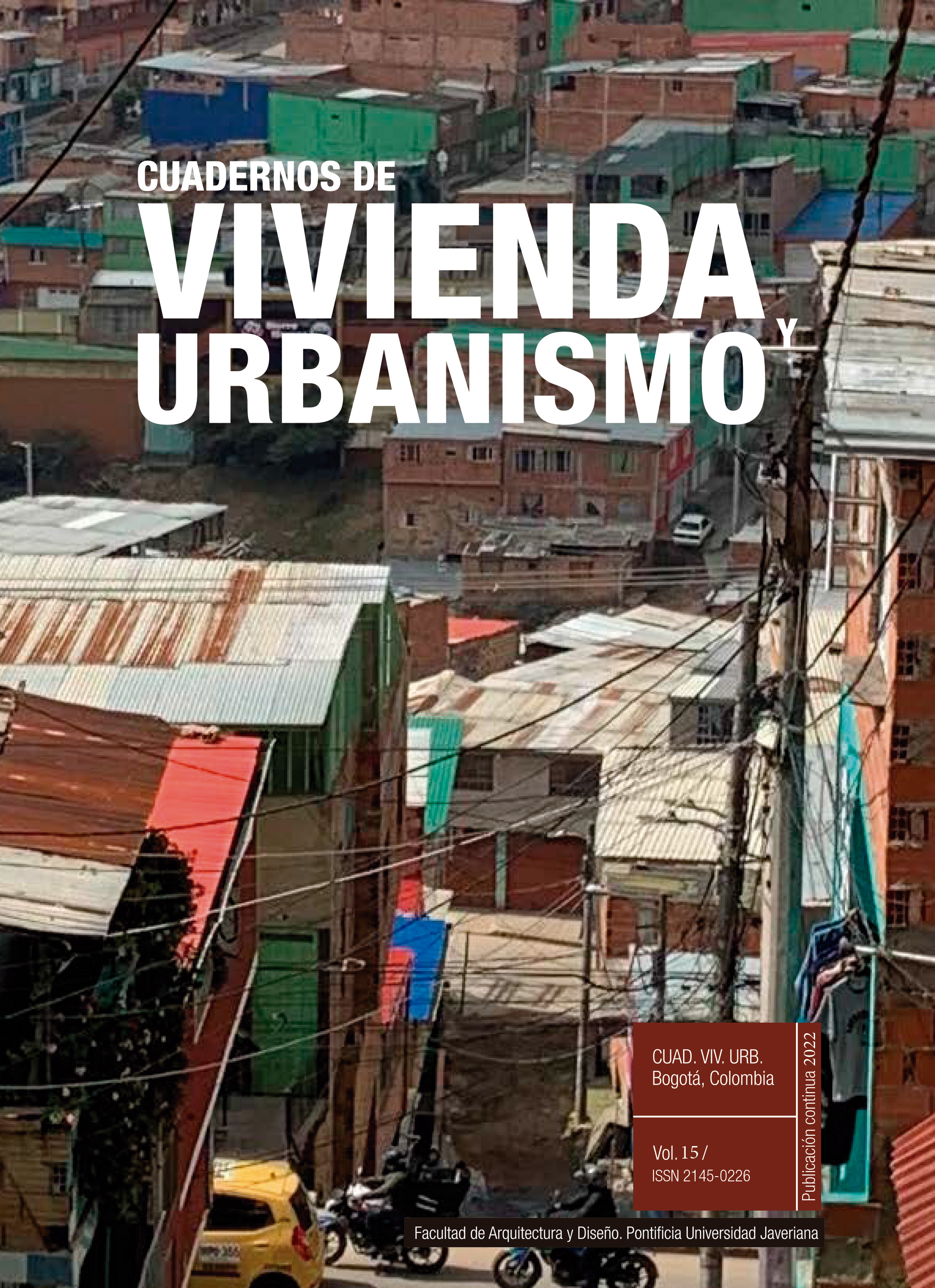Resumen
El objetivo de este artículo es explicar la relación que existe entre el cambio de uso de los edificios, de habitacional a turístico, según la vialidad donde se encuentren localizados en un centro histórico. Se tomó como objeto de estudio un conjunto de edificios localizados en el centro histórico de la ciudad de Granada, Nicaragua. Los datos fueron obtenidos por medio de observación directa, en recorridos realizados en vialidades principales. Para conocer la relación que existe entre el cambio de uso y el tipo de vialidad, se realizaron análisis probabilísticos según la naturaleza de los datos. Se encontró que sí existe una relación entre los equipamientos turísticos y las vialidades; asimismo, que la mayor frecuencia de modificaciones tiene lugar por servicios gastronómicos. Este estudio se puede replicar en centros históricos latinoamericanos de trazas regulares con incidencia turística y tiene implicaciones en el conocimiento de los efectos del turismo en el patrimonio construido.
Ashworth, G. J., y Tumbridge, J. E. (2000). The Tourist-Historic City: Retrospect and Prospect of Managing the Heritage City. Routledge Pergamon.
Boullón, R. (1985). Planificación del espacio turístico. Trillas.
Carter, H. (1974). El estudio de la geografía urbana. Edición Española del Instituto de Estudios de Administración Local.
Chan, N. (2005). Circuitos turísticos. Programación y cotización. Ediciones Turísticas.
Chiavenato, I. (2007). Administración de recursos humanos. McGrawHill.
Consejo Nacional de la Cultura y las Artes (CNCA) y Patrimonia Consultures (PC). (2011). Guía metodológica para proyectos y productos de turismo cultural sustentable. CNCA. http://www.gestioncultural.org/libros.php?id_documento=304679
De la Calle, M. (2006). La ciudad histórica como destino turístico. Ariel.
De la Torre Padilla, O. (1997). El turismo: fenómeno social. Fondo de Cultura Económica.
García Ferrando, M. (1989). Socioestadística: Introducción a la estadística en sociología. Alianza Editores.
Giedion, S. (2009). Espacio tiempo y arquitectura: Origen y desarrollo de la nueva tradición. Reverté.
Grande, I., y Abascal, E. (2005). Análisis de encuestas. ESIC Editorial.
Gravagnuolo, B. (1998). Historia del urbanismo en Europa 19750-1960. Akal.
Groat, L. y Wang, D. (2012). Architectural research method. Wiley
Haake, J. H. (2007). Do cities grow in isolation? Metropolitan Expansion and Urban Corridors. Journal of Geography, 5(71), 285-293. https://doi.org/10.1080/00221347208981671
Hernández Díaz, E. A. (1991). Planificación Turística, un enfoque metodológico. Trillas.
Hoyt, H. (1939). The structure and growth of residential neighborhoods in American cities. Federal Housing Administration. https://archive.org/details/structuregrowtho00unitrich/page/n3/mode/2up
Kazmier, L. J. (1985). Estadísticas aplicadas a la administración y a la economía (traducción de C. Esguerra & C. De Barella). Mc Graw Hill.
Lind, D., Marchal, W., y Wathen, S. (2015). Estadística aplicada a los negocios y la economía (16.a ed., traducido por M. d. Obón León & J. León Cardenas). Mc Graw Hill.
Morris, A. E. (2018). Historia de la forma urbana: desde sus orígenes hasta la revolución industrial. Gustavo Gili.
Nelson, H. J. (2007). The form and structure of cities: urban growth patterns. Journal of Geography, 4(68), 198-207. https://doi.org/10.1080/00221346908981094
Page, S. J. (2019). Tourism Management. Routledge.
Peñalver, L., Pargas, L., y Aguilera, O. (2000). Pensar lo urbano: teorías, mitos y movimientos. Universidad de los Andes-Fondo Editorial CRáTERA.
Ratcliff, R. V. (1949). Urban Land Economies. McGraw-Hill Book Co.
Ritchie, F. J. (2008). Estadísticas para ciencias sociales (2.da ed., traducido por J. H. Romo Muñoz, J. Yesca Milanes, J. León Cárdenas & J. Velázquez Arellano). Mc Graw Hill.
Robinson, P. (2012). Tourism: The Key Concepts. Routledge.
Sola-Morales, M. (2006). Las formas de crecimiento urbano. Edicions UPC.
Specht, J. (2014). Architectural Tourism. Building for Urban Travel Destinations. Springer Gabler. https://doi.org/10.1007/978-3-658-06024-4
Triola, M. F. (2018). Estadística (10.ma ed., traducido por L. E. Pineda Ayala). Pearson.
Unesco/PNUD. (1977). Carta de Quito. Coloquio sobre la conservación de los centros históricos ante el crecimiento de las ciudades contemporáneas. Unesco.
Veal, J. (2018). Research Methods for Leisure and Tourism. Pearson Education

Esta obra está bajo una licencia internacional Creative Commons Atribución 4.0.


